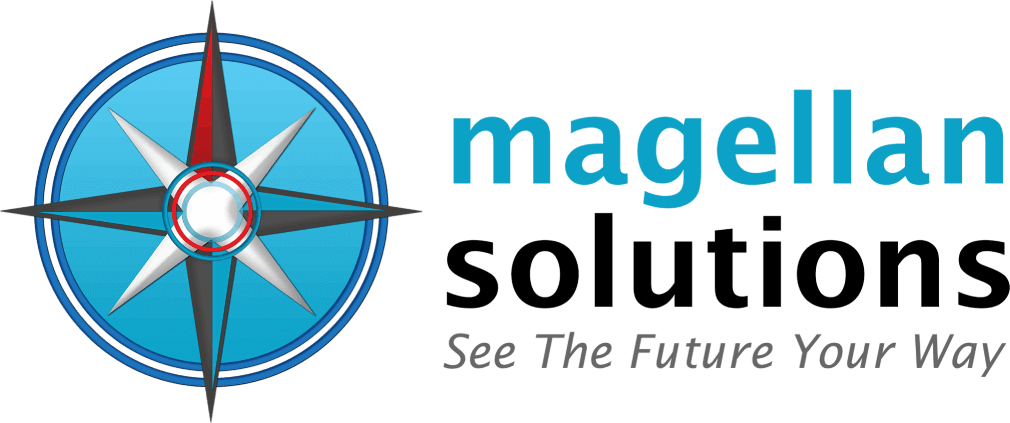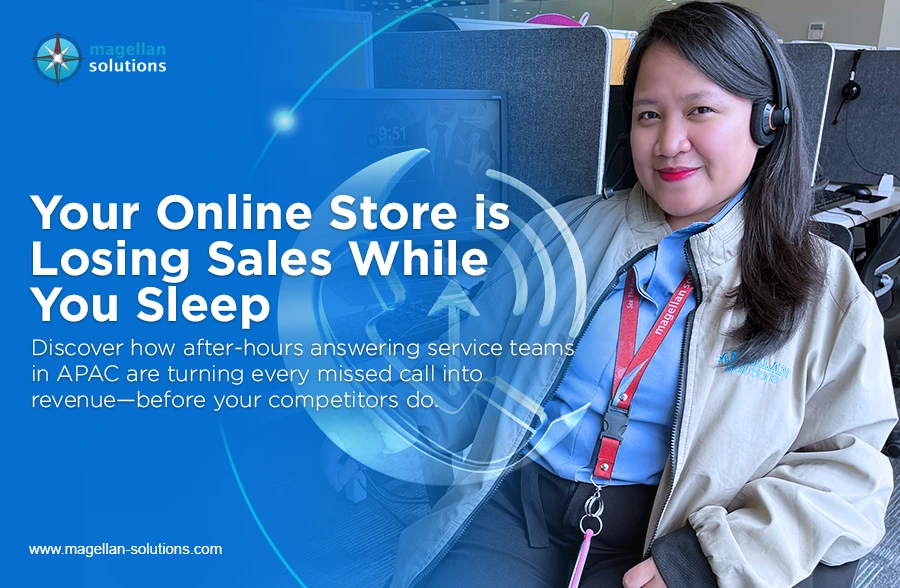Schedule a FREE call with our outsourcing expert now and get a precise quotation that meets your requirements. Don't wait - get started today!
Have you ever wondered why some companies seem to have a smoother, more efficient customer service experience than others? The secret often lies in the numbers behind the scenes. By focusing on the right contact center metrics, you can unlock the power to improve your business performance and create a better experience for your customers.
It’s like having a roadmap to success. These key figures offer clear insights into how your team is handling inbound calls, resolving issues, and engaging with customers. The best part? Understanding these metrics is easy and affordable, especially for small and medium enterprises (SMEs) looking to optimize their operations.
So, what are these important metrics, and how can they help your business? Let’s break it down.
What Are Contact Center Metrics?
Contact center metrics are the key figures that help you track how well your customer service team is performing. These numbers give you insights into how your team handles calls, resolves issues, and interacts with customers. By analyzing these metrics, businesses can fine-tune their strategies, improve agent productivity, and ultimately provide a better customer experience.
But which metrics should you focus on? And how can they help improve your business? Let’s break it down.
1. The Top Contact Center Metrics You Should Track
Not all metrics are created equal. While there are many ways to measure performance, some metrics are more important for small and medium enterprises (SMEs). Here are a few you shouldn’t overlook.
-
Inbound Calls & Incoming Calls
The number of inbound calls and incoming calls is one of the first metrics you’ll want to track. These figures show how many customers are reaching out for help or information. By understanding call volumes, you can better allocate resources, optimize schedules, and even forecast the busiest times of the day.
You may ask, “Why does this matter?” High call volumes might indicate that more staff is needed, or maybe your business is growing. By tracking this, you can scale your operations to meet demand.
-
Handle Time
Handle time is the amount of time an agent spends on a call. It’s a good indicator of efficiency. Too much time per call could signal a need for better training or a more streamlined process. On the other hand, if the time is too short, it might suggest that the agent isn’t providing enough help.
-
Total Number of Calls Answered
This is a simple yet important metric: how many calls were actually answered. Tracking this metric helps you measure the availability of your team. Are customers able to reach someone when they need help? This number also directly impacts customer satisfaction, as long wait times often lead to frustrated customers.
-
Agent Productivity
This metric measures how well each individual agent is performing. It includes how many calls they answer, the handling time, and the customer satisfaction after the call. High agent productivity often leads to a better overall customer experience.
2. How to Use Contact Center Metrics for Better Decision Making
So, now that we know the key metrics, the next question is: how can they actually help you run your business better?
-
Improving Customer Satisfaction
Using customer experience metrics alongside handle times and call volumes helps you find ways to make your service better. For example, if your agents are taking too long to resolve issues, you can identify the problem and provide better training or tools to speed up the process. This can result in faster solutions and more satisfied customers.
-
Optimizing Workforce Scheduling
Knowing when most of your incoming calls are happening allows you to schedule agents more effectively. If you know certain hours are peak times, you can staff more agents during those hours. This not only improves efficiency but also reduces wait times for your customers.
-
Tracking Call Volumes and Cost Efficiency
By monitoring call volumes and average cost per call, businesses can identify trends and adjust their strategies. A sudden spike in call volumes might require additional resources or temporary staffing solutions. Tracking this metric helps ensure that you’re not overspending on customer service while still providing excellent service.
3. How to Act on These Metrics for Results
Metrics are only useful if you act on them. Here’s how you can use them to improve your operations.
-
Train and Upskill Your Team
If your agents are taking too long to handle calls, it may be time for some training. Invest in training programs that teach your agents to handle calls more efficiently. You can also equip them with tools that help them resolve issues faster, like knowledge bases or AI-powered solutions.
-
Monitor Trends and Forecast
Tracking the average time of calls and total number of calls answered can help you forecast future trends. For example, if you notice a pattern where call volumes are high in certain months, you can prepare in advance by adjusting schedules, training agents, or even expanding your team temporarily.
-
Focus on Customer Feedback
Customer satisfaction is key. After every call, asking for feedback is crucial to understanding how your service is perceived. Combining customer experience metrics with agent performance can help you see where improvements are needed.
4. Understanding the Bigger Picture: Combining Metrics for Success
You might think tracking these metrics individually will help, but it’s really the combination of them that leads to real insight. Let’s see how they work together.
-
Key Metric Combinations
You can see the bigger picture by tracking handle times, call volumes, and agent productivity. For example, high call volumes combined with long handle times might point to inefficient processes. If you notice this, you can investigate further, tweak your processes, or even try new technology to streamline operations.
-
Balancing Cost and Quality
Understanding the average cost and total number of calls answered will help you find a balance between cost and quality. You don’t want to overspend on call handling, but you also want to provide high-quality service. By tracking these together, you can find the sweet spot that keeps both costs and customer satisfaction in check.
The Key to Growth: Smart Contact Center Metrics
Contact center metrics are a treasure trove of valuable data. They help businesses understand where they can improve, where they’re excelling, and how they can grow. But don’t just track these numbers—act on them. Whether you’re looking to improve agent productivity, streamline operations, or enhance customer experience metrics, the right strategies can lead to significant improvements.
Book your FREE 60-minute business consultation today, and let’s strategize how to elevate your operations. NO COMMITMENTS, just results-driven insights! At Magellan Solutions, we specialize in optimizing your contact center’s performance, improving customer satisfaction, and driving operational efficiency. Our tailored solutions are designed to fit your unique needs—helping you deliver superior service without the hassle. Let’s work together to take your business to the next level!















